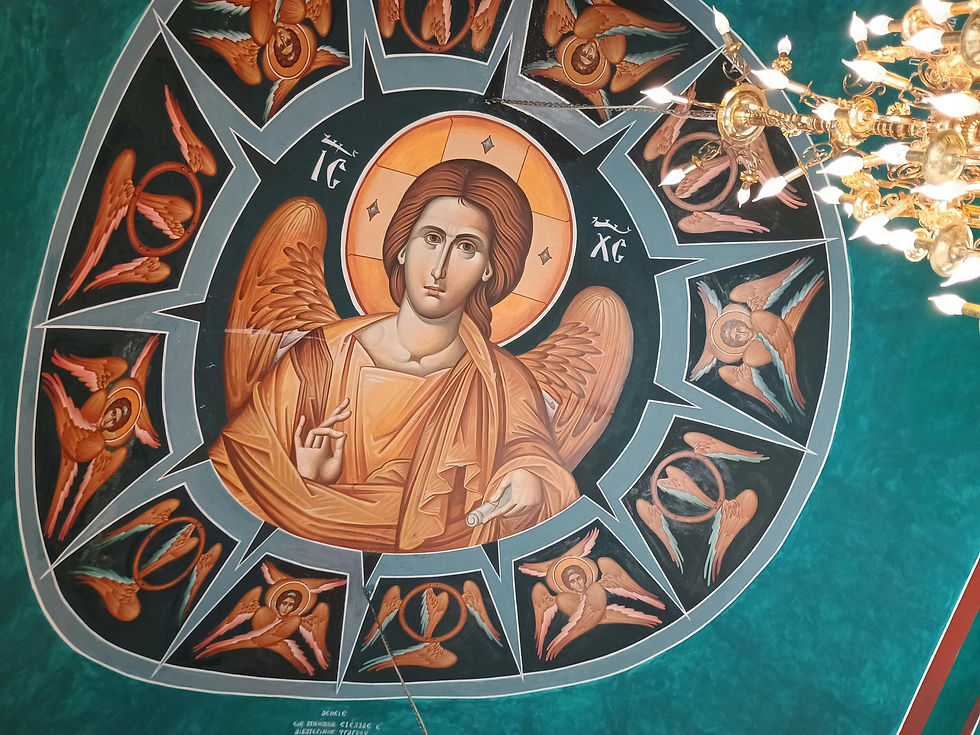HISTORY OF JORDAN
The Hashemite Kingdom of Jordan

Jordan is home to several archaeological sites and religious traditions. The Jordanian desert was home to hunters from the Lower Paleolithic Period, and their flint implements have been widely scattered throughout the region. Rock engravings on Mount Al-Ṭubayq in the southeastern section of the nation date back to several ancient eras, with the Paleolithic-Mesolithic age being the oldest. Tulaylāt al-Ghassūl in the Jordan Valley is a well-built town with painted plaster walls that may reflect transitional advances from the Neolithic to Chalcolithic period.
Traditional visual arts may still be found in tapestry, embroidery, leather, pottery, and ceramics, as well as the production of wool and goat-hair carpets with multicolored stripes; singing and storytelling are still significant. Villagers have particular songs for births, circumcisions, marriages, burials, and harvests. On celebratory occasions, several varieties of dabkah (group dances with pounding feet on the floor to signify the rhythm) are performed, while the sahjah is a popular Bedouin dance. The Circassian minority does a sword dance and other Cossack dances. As part of its efforts to sustain local performing arts, the government funds a national group that appears often on state radio and television shows.
Jordan has several museums, mainly in Amman. The city has museums dedicated to coinage, geology, stamps, Islam, Jordanian folklore, and the military. The Jordan National Gallery of Fine Arts features a collection of modern Arab and Muslim paintings, sculptures, and ceramics. UNESCO World Heritage sites include Petra, Qaṣr ʿAmrah, and Umm al-Rasass near Madāba. Archaeological museums are also spread around the nation.
Madaba, known as the "City of Mosaics," is home to some of Jordan's most impressive Byzantine and Umayyad mosaics. The most renowned is the Madaba Map, a 6th-century floor mosaic in the Greek Orthodox Church of St. George that depicts the earliest surviving geographical portrayal of the Holy Land. The city's ancient landmarks, including the Church of the Virgin Mary and the Church of the Apostles, are decorated with beautiful mosaics depicting biblical themes, floral patterns, and geometric motifs. These works represent the region's rich artistic and religious legacy, making Madaba an important site for mosaic preservation and research (Donner, 1992; Piccirillo, 1997)
-
Britannica. (n.d.). The arts in Jordan. Retrieved March 14, 2025, from https://www.britannica.com/place/Jordan/The-arts
-
Donner, H. (1992). The Mosaic Map of Madaba: An Introductory Guide. Palaestina Antiqua.
-
Piccirillo, M. (1997). The Mosaics of Jordan. American Center of Oriental Research.

Photography By: brokenadmiral

